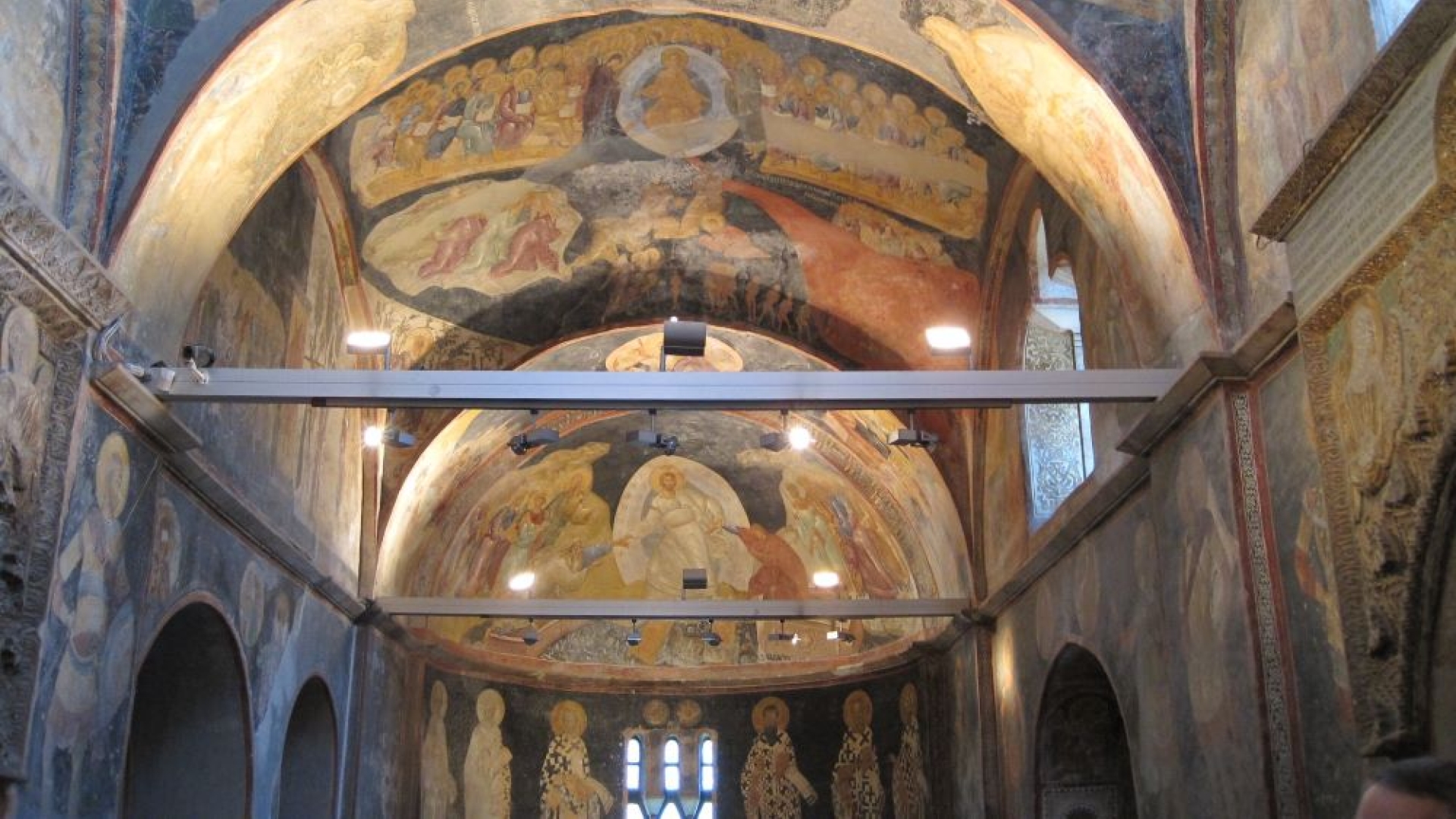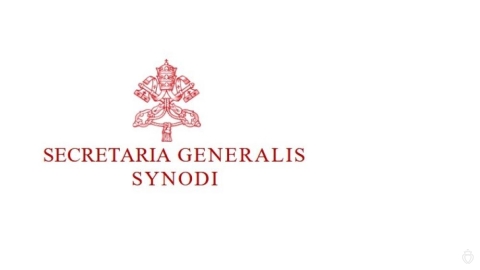Istanbul: The Church Deplores Forced Islamization of a Byzantine Sanctuary

A view of the frescoes of the Holy Savior Church in Chora
Nearly four years after the transformation of the Hagia Sophia in Constantinople into a mosque, it is the turn of the Holy Savior Church in Chora, located in the former Byzantine capital, to suffer the same fate. It was a decision by the Turkish president which is condemned by the episcopates of the European Union (EU).
Muslims were hurrying, on May 6, 2024, inside the ancient Holy Savior Church in Chora, which just opened its doors to Islamic services after four years of restoration. From Ankara, the capital, Recep Tayyip Erdogan welcomed the transformation of the church into a mosque. The decision was made in August 2020, a month after the reopening of Hagia Sophia for the same use.
In terms of restoration, it was mainly a question of bringing the church into conformity with the canons of Islam which prohibits the presence of figured works: now a thick brick-colored carpet covers the floor, and removable curtains cover two mosaics, one of which represents Christ. Part of the frescoes and mosaics remain visible, for the moment at least, as noted by the Agence France-Presse journalists present on site.
Built by the Byzantines in the 5th century, the Holy Savior Church in Chora (also called the Chora church (Kariye, in Turkish)] was transformed into a mosque for the first time after the capture of Constantinople by the Ottomans in 1453. Then it was a museum after the Second World War.
President Erdogan's decision is seen as an attempt to remobilize the Islamist base of his electorate, after the last municipal elections sounded like a disavowal for the current Turkish president.
The reopening of Holy Savior Church in Chora to Muslim worship in any case reflects badly on the Commission of Episcopates of the European Union (COMECE), which stated that in a press release published on May 23 that it deplores the “dilution of the historic roots of the Christian presence in the country,” as well as the “regrettable decision that will make religious coexistence more difficult.”
It would seem that the news has dampened the hopes of the representatives of the European episcopates who had met a month and a half earlier during their spring plenary assembly – from April 17 to 19, 2024 – in Lomza, Poland, pleading for enlargement of the EU, a few weeks before the European elections.
Pessimistic, Fr. Manuel Barrios Prieto, Secretary General of COMECE, confides the fears of the EU prelates: “with this action, any initiative concerning interreligious dialogue promoted by the country's authorities will inevitably lose its credibility.”
Suffice it to say that the illusion of a fruitful interreligious dialogue synonymous with a bright tomorrow – based on the famous “principle of reciprocity” set out in the 2004 Instruction Erga migrantes (no. 64) written in the wake of Vatican II – is, obviously, still alive.
If we pause and think about it, it is a stillborn illusion when viewed in the context of the very essence of the Islamic religion: “Islam is not a religion like Judaism or Christianity. Islam invades the social field; it adds to what is properly religious the elements of a way of life, civilization, and culture. This all-encompassing character is characteristic of Islam,” wrote Tariq Ramadan, a theorist of a “friendly” Islam on the Old Continent, a few years ago.
Suffice to say that any attempt at dialogue here is doomed to being a monologue. May the destiny of Holy Savior Church in Chora be the occasion for a vigorous awakening in the Church and a return to Christ's will to convert all men, even Muslims.
(Sources : Comece/AFP – FSSPX.Actualités)
Illustration : Flickr / Emmanuel Parent (CC BY-NC 2.0)





